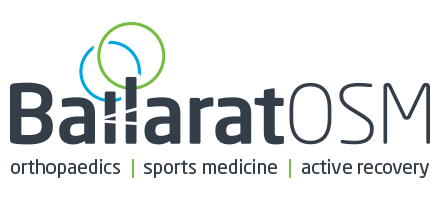What are they all for?
Cartia (aspirin)
Cartia reduces the stickiness of platelets (component of our blood) and stops the platelets clumping together to form blood clots. Cartia decreases the risk of heart attacks, strokes and Deep Vein Thrombosis (DVT) after surgery. Routinely used for 6 weeks after surgery.
Other anticoagulants might be used instead – including warfarin, plavix, clexane and xarelto. The type of anti-coagulant varies between patients and considers other factors (heart disease, previous stent surgery, AF, previous DVT)
Panadol (paracetamol)
Panadol is a painkiller. It can be used for mild pain, but we most commonly use it after surgery as background to enhance the effect of other medications – it is certainly useful in the first three weeks from surgery.
Mobic or Celebrex (anti-inflammatories)
These medicines work by reducing hormones that cause inflammation and pain in the body. It is used to relieve the symptoms of joint pain, tenderness, swelling and stiffness. They prevent a condition called heterotopic ossification, or unexpected bone formation, which once was commonly seen after hip replacement surgery. Typically we use these medications for three weeks after surgery.
Somac (pantoprazole)
Somac belongs to a group of medications known as proton pump inhibitors. It decreases the amount of acid produced by the stomach. In joint replacement surgery it is prescribed to prevent ulcers associated with the use of non-steroidal anti-inflammatories and aspirin. Somac can assist with nausea and reflux.
Movicol
Constipation and its sequel is our most common complication of surgery. Movicol is a type of laxative. It assists in keeps the bowels moving. It relieves constipation by increasing the water content and volume of the stools in the bowel, making them softer and easier to pass. Immobility, change in routine, anaesthetics and pain relieving medications can all increase the risk of constipation after surgery. Movicol, fluid, and walking is the solution.
Norspan Patch (buprenorphine)
Buprenorphine belongs to a group of medicines called opioid analgesics (like morphine). Norspan patches are used as a constant background for moderate to severe pain. The drug passes through the skin into the blood. We often have the patients change the patch six days after surgery, and then further instructions after we see you in the post operative clinic. Shorter cooler showers are better to avoid the patch releasing too much drug and making you dizzy. If you have no pain, it may cause nausea and need to be removed. Phone the ward or your surgeon for advice before removing.
Tramal (tramadol)
Tramal is a pain killer, either by itself, or in combination with other drugs – like the above list. Tramal works in a number of ways within the brain to reduce pain. In theory, it can interact with antidepressants, but most people on normal doses won’t have a problem. It works for 93% of our patients – but the others can experience hallucinations or nausea from it.
Endone
Endone belongs to a group of medicines called narcotic analgesics (like morphine, heroin and codeine). Narcotic analgesics act to “distance oneself” from pain. It is used to relieve moderate or severe pain after surgery. Some surgeons prefer endone instead of tramal.
Powerade
OK – this isn’t really a medication, but by having some clear fluid with a little salt and glucose in your stomach, it seems people wake up after surgery in better shape and with more energy. We ask that you drink at least half a bottle of Powerade one hour prior to your admission time at hospital. The anaesthetist will allow you to have clear fluids up until two hours prior to surgery.
Please inform your surgeon of any allergies and ensure your surgeon is aware of any medications you are taking.
